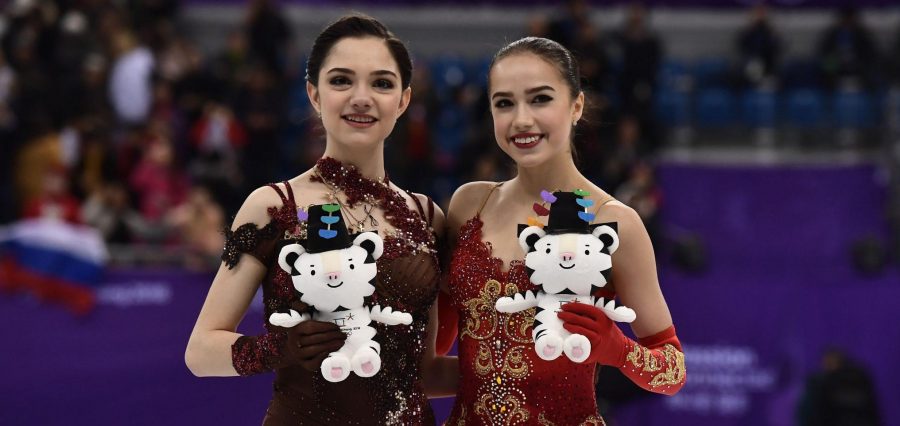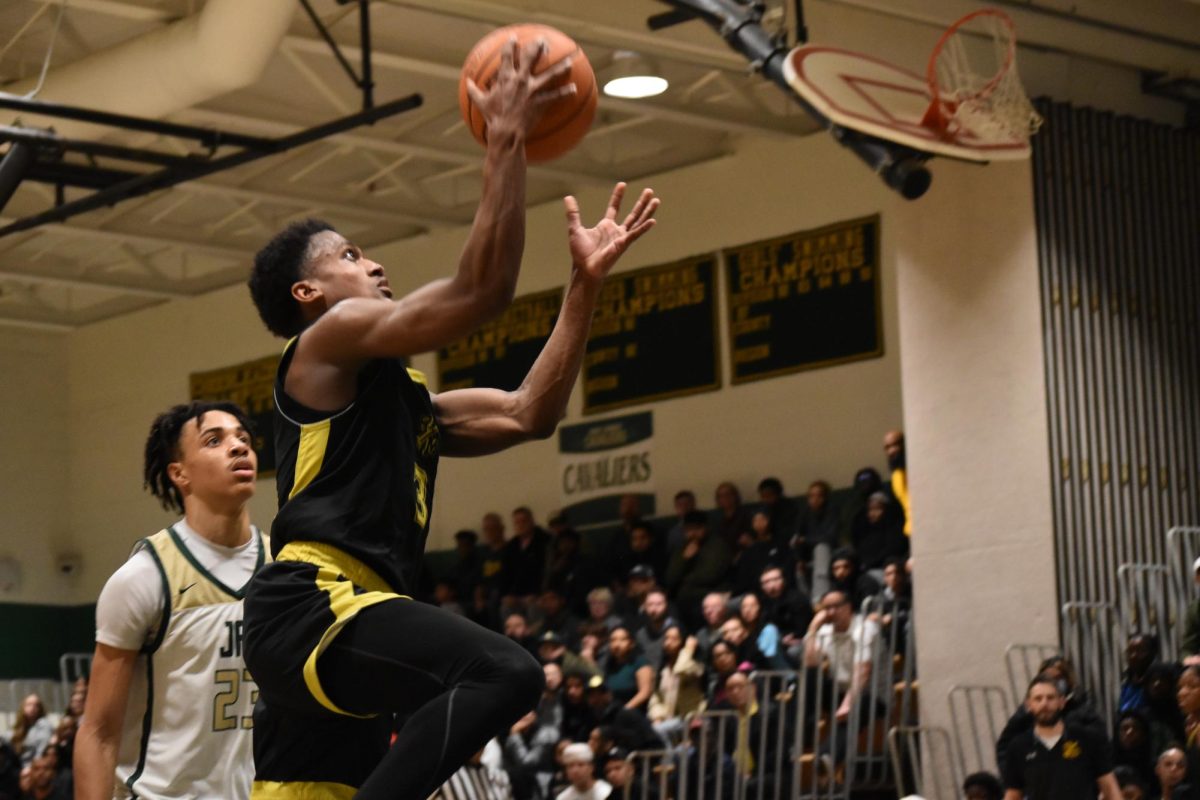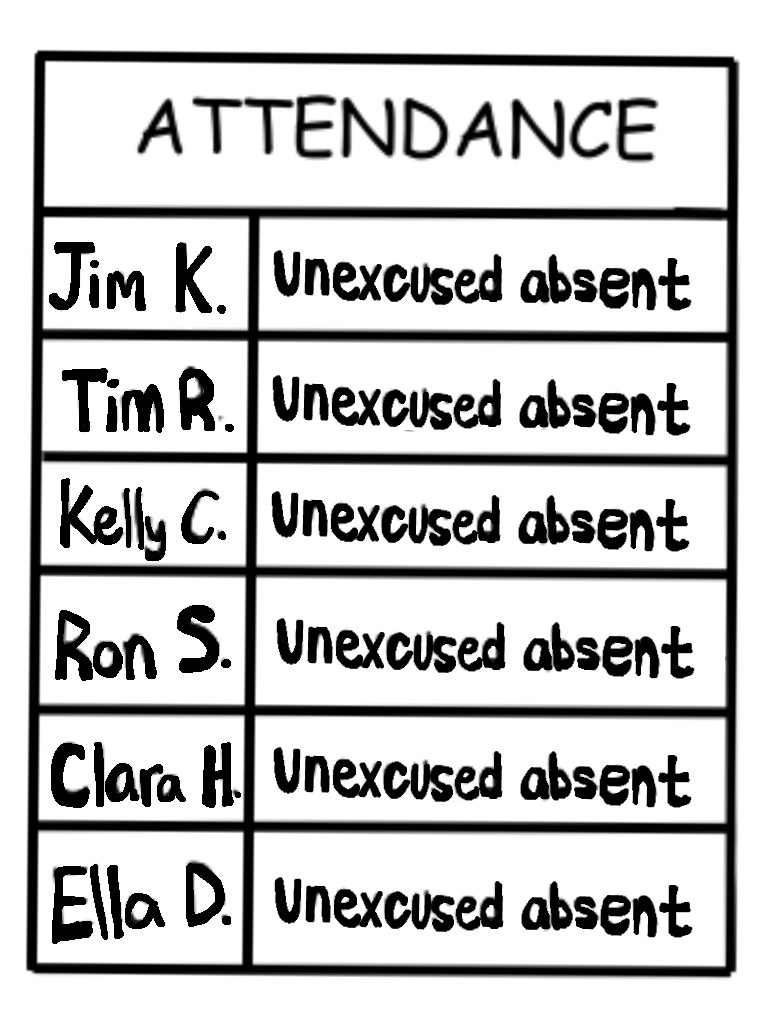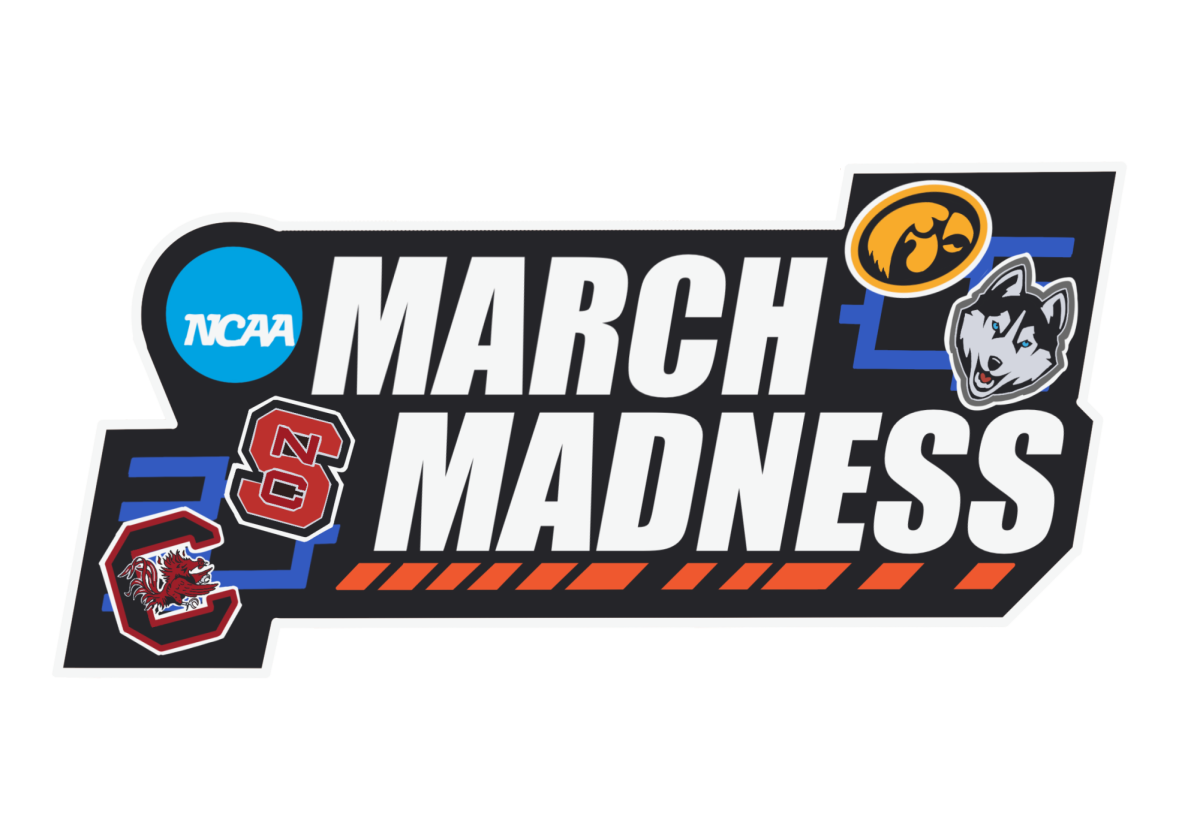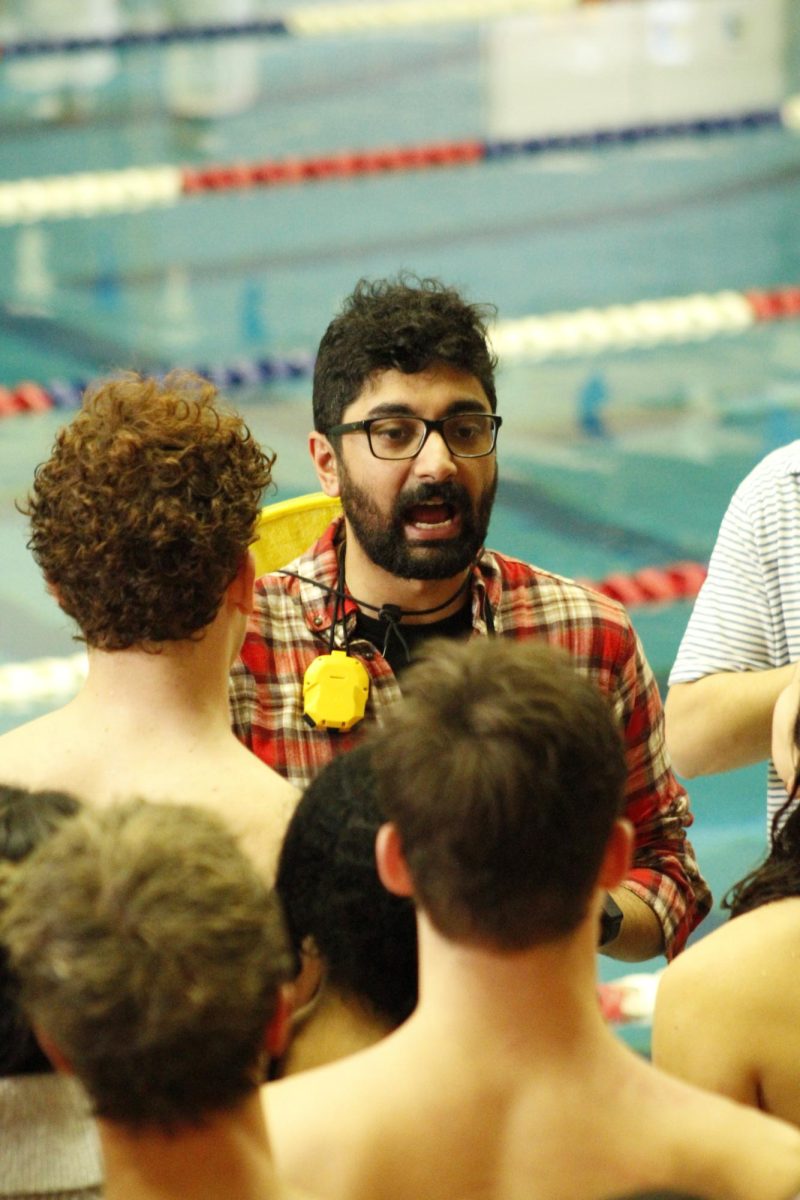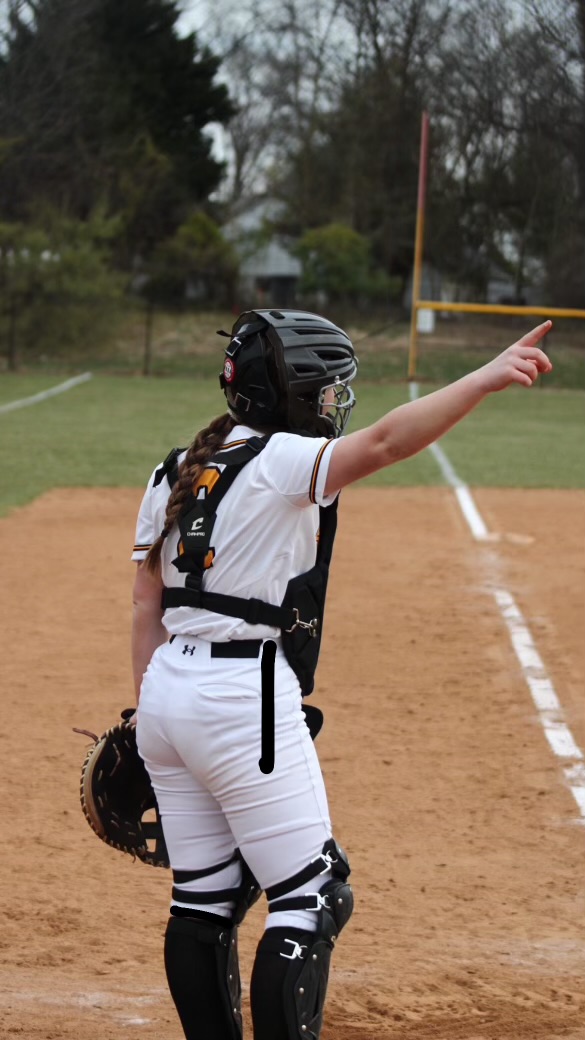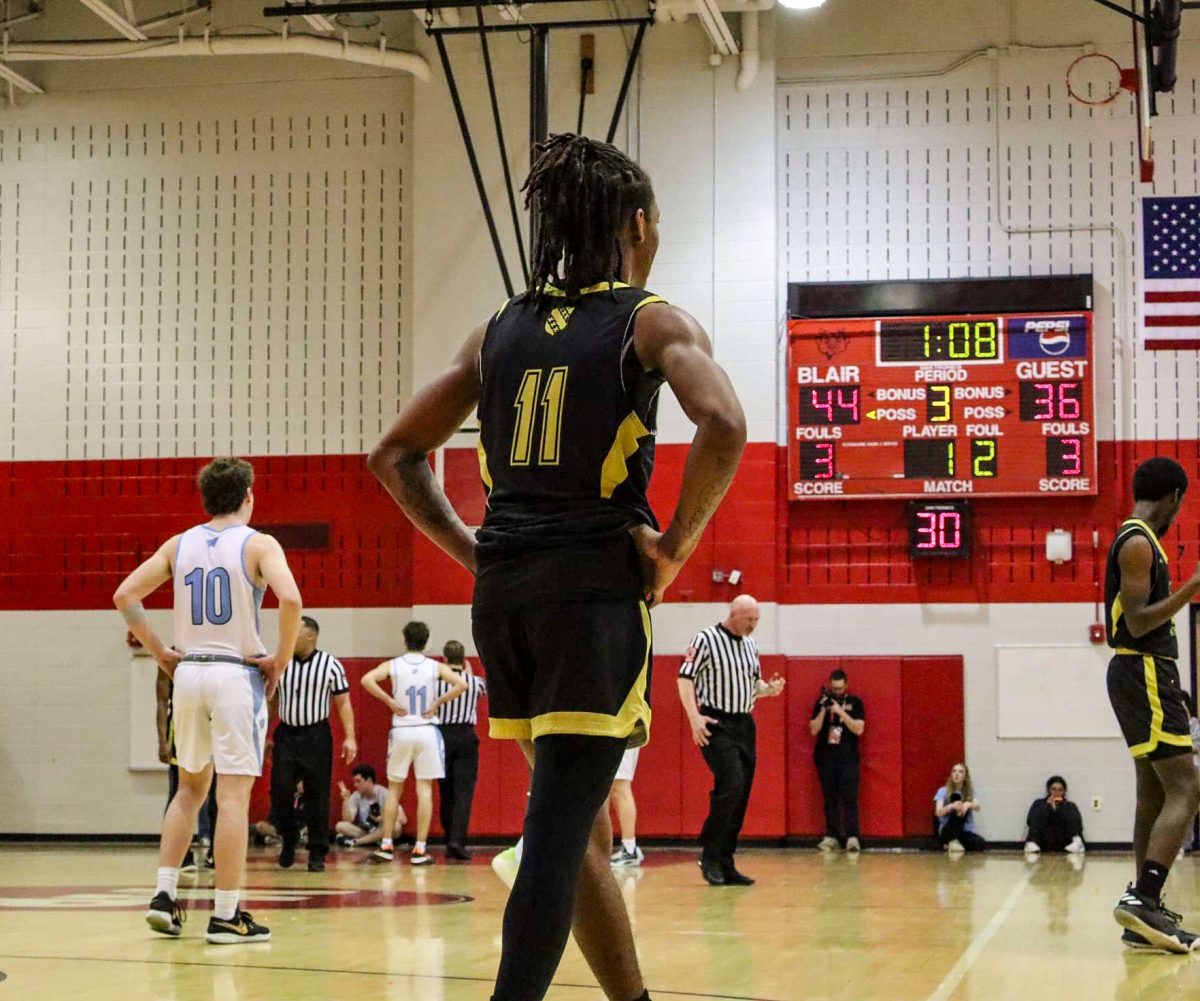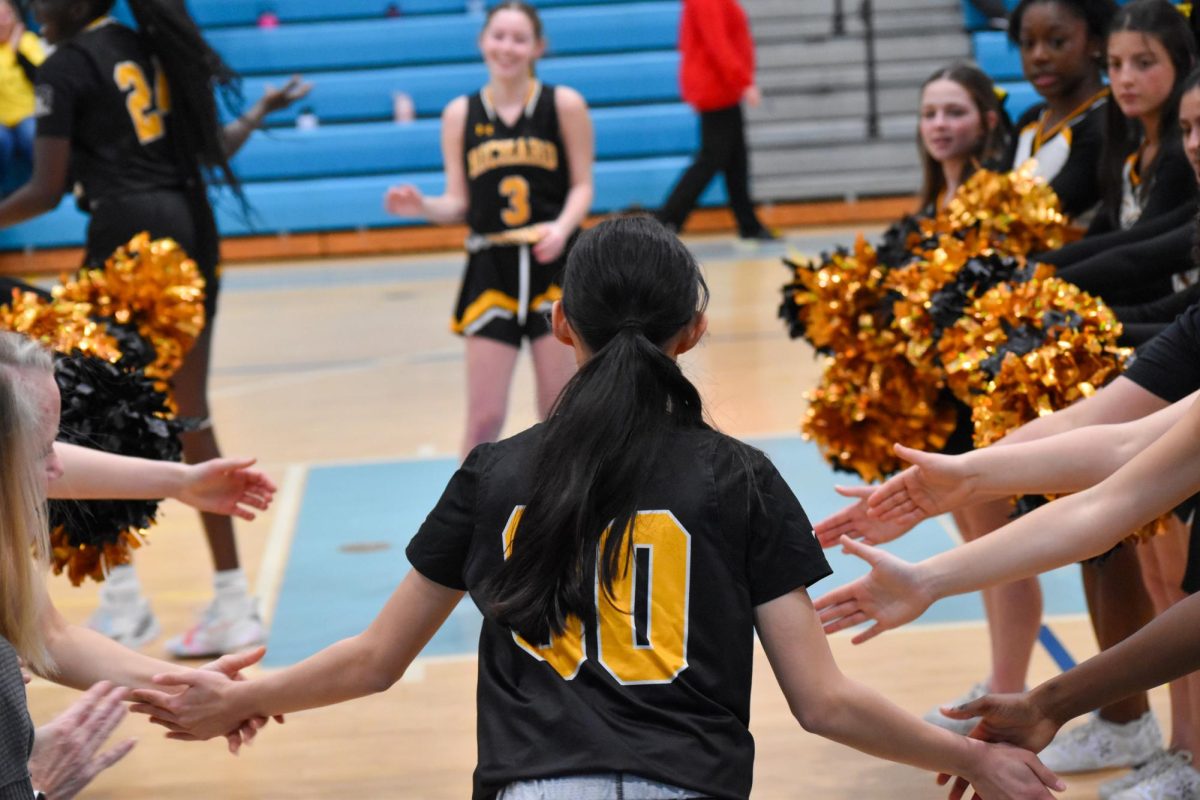Though the Winter Olympics has faded from the world spotlight, one issue still remains hotly contested. In the wake of the women’s figure skating programs, it is believed that the gold medalist was favored based on athleticism as opposed to artistry.
Of the top two contenders, both were teenagers making their first trips to the Olympics. Between Alina Zagitova’s (15 years old) and Evgenia Medvedova’s (18) preformances, Zagitova’s choice to move many of her jumps to the end of her program and earn more points gave her a narrow lead.
As a more experienced skater and the winner of the past two world championships, Medvedova’s loss sparked an instant reaction. The final decision led to an outcry of those who considered the choice of athleticism over artistry to be unfair.
This Olympic debate holds significance for the future of figure skating and the standards of the games. The choice between artistry and athleticism is not new to Olympic ice skating, though 2018 has revitalized the issue.
Notably, the men’s gold medalist of the 2010 Vancouver Olympics, Evan Lysacek of the United States, was openly criticized by his rival, the Russian 2010 silver medalist Yevgeny Plushenko, for not including a triple rotation in his routine.
Considered to be the most difficult maneuver in the sport, Plushenko claimed that without the move, Lysacek’s program was simply “dancing.” In this contest, artistry was favored over skill and Lysacek’s performance over Plushenko’s athletic advantage.
In 2018 figure skating, this new emphasis on athleticism implies the changing nature of the sport.
Despite the recent end of the Olympics, this topic has remained prevalent among watchers, RM students being no exception. Junior Ummara Khan was a casual watcher of the games, but took time to watch the figure skating events.
“For a sport like figure skating, you have to take both [artistry and athleticism] into account,” Khan said. This is a common view among students, as neither skill nor raw abilities can be expressed successfully alone.
“I think the Olympics are definitely more geared to the athleticism aspect,” said sophomore Varun Gangadharan. Based on the subjectivity of a skaters artistic abilities, many judges have recently favored concrete athletic superiority as opposed to a higher degree of skill and fluidity.
Such changes have led to anger from the athletes hurt by this shift towards athleticism, as well as viewers focused on the artistry of performances.
A balance between evaluations of the two must be reached in the interest of the participants and those watching them. “I think athleticism and artistry are intertwined,” sophomore Avery Jones said. “Both are equally important to performing well.” This idea of balance is prevalent throughout the opinions of students.
Though no student wished to see a diminishing in the sport’s artistry, most agreed that a level of Olympic competition demands an incredibly high level of athleticism. As figure skaters set their sights on the 2022 games, they will keep this year’s contest in mind to gain an edge on the ice.
Feature photo by Getty Images


